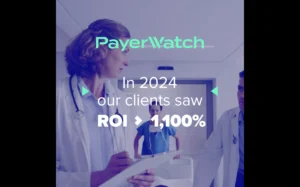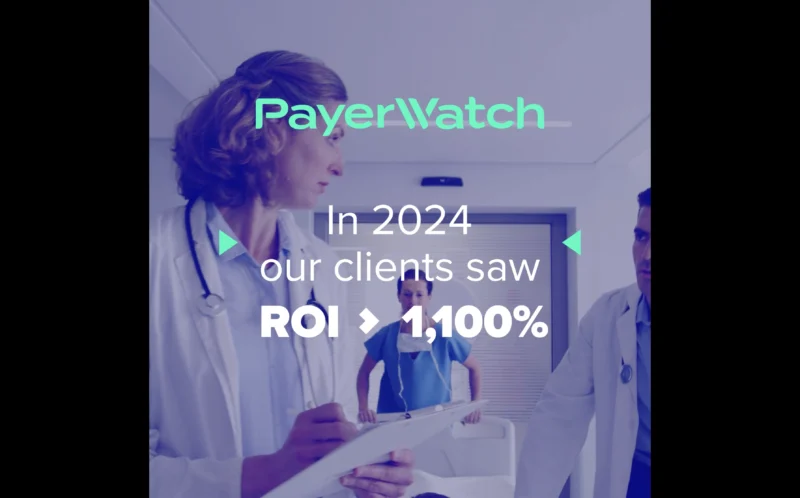Revolutionizing Cardiology: Telehealth’s Game-Changing Role in Modern Heart Treatment
The integration of digital health into cardiological care is revolutionizing cardiology and transforming patient treatment and management, especially in the wake of the COVID-19 pandemic. Telehealth, a key component of digital health, has emerged as a vital tool for cardiologists, enabling them to overcome traditional barriers to patient access. Through telehealth, patients can receive medical consultations and follow-up care without the need for extensive travel, making healthcare more accessible and efficient. This approach not only saves time and resources but also accelerates the delivery of care, particularly in preventive cardiology.
Moreover, digital health’s role in revolutionizing cardiology extends beyond telehealth, encompassing a range of devices and software that support medical interventions and cardiac rehabilitation. These technologies facilitate personalized care plans and interventions, enhancing the overall quality of treatment for cardiovascular patients. As we delve deeper into the impact of digital health on cardiology, Dr. Jose R Medina-Inojosa MS MSc, Assistant Professor of Epidemiology at Mayo Clinic College of Medicine and Science, offers valuable insights into how these advancements are shaping the future of patient care and improving outcomes in the field.
Dr. Medina-Inojosa’s Thoughts
“Hi, this is Dr. Medina Nojosa here. I’m an assistant professor of medicine and I have a strong interest in preventive cardiology and cardiovascular intervention and digital health. How are digital health solutions going to help us offer personalized care plans and interventional patients with cardiovascular conditions? And that’s, you know, over the last five, ten years we’ve noticed, and especially after the COVID pandemic, we realized that digital health is the way to go. The way to get access to our patients is one of the biggest barriers that we have at this point, and digital health specifically would be telehealth visits and all the interactions we can have with the patient and among the healthcare team. It’s going to really streamline how we do medicine right now, how we can get people access instead of having to travel across the city, across the state, or even across the world to see a patient.
Now we can do some of our assessments virtually and without some specific tools and diagnostic tools that we can get digitally. For me, telehealth visits are extremely important. It helps me actually assess symptoms and kind of have just a comprehensive visit after I see the patient for the first time, or maybe before I see the patient for the first time, and kind of get a headstart on planning what we’re going to be doing. And it helps me actually save some time and actually travel time, resources, expenses, and actually get faster access to our patients once we start that.
Beyond telehealth, digital health solutions, even if it’s because of devices, software as a medical device or other interventions that we’re doing now, especially in preventative cardiology, we’re trying to focus a lot on virtual cardiac rehabilitation that’s going to actually help deliver patients after they have a cardiovascular event, life-saving treatment as cardiac rehab, and actually specialized treatment as you need for cardiologists or specialized care. Most of it is being done digitally and throughout by telehealth and digital health devices that are helping us enhance our care. Telehealth will not likely change the experience of an in-person visit and the amount of information and report and connection that we can get with our patients, but I can tell you that it helps us streamline the care, get access, and overall improve our patient outcomes. And we’re going to be seeing more research and more clinical advancements and more work in this area to see how we deliver that and how we improve the delivery of our care by digital health.”
Article written by MarketScale.







